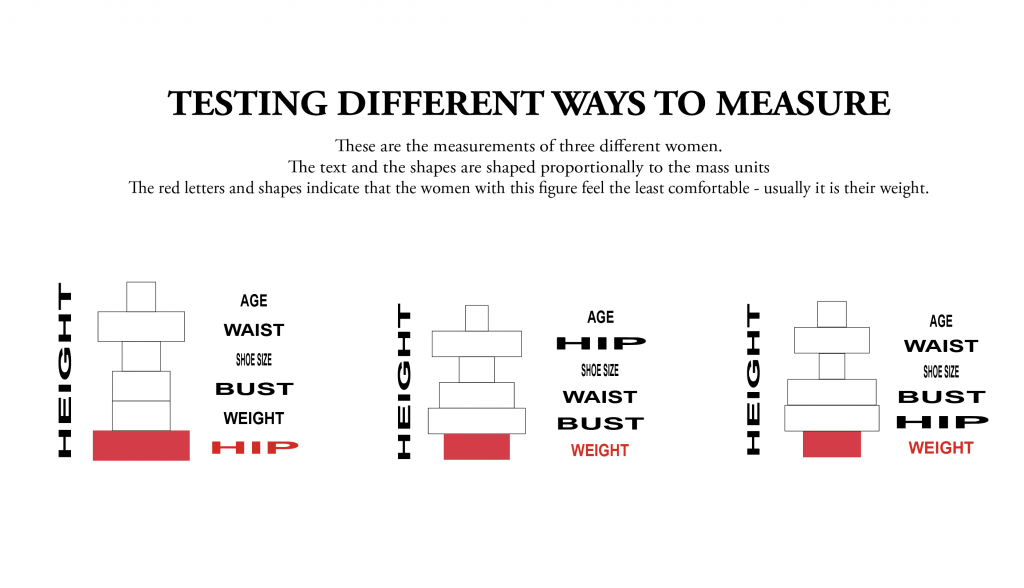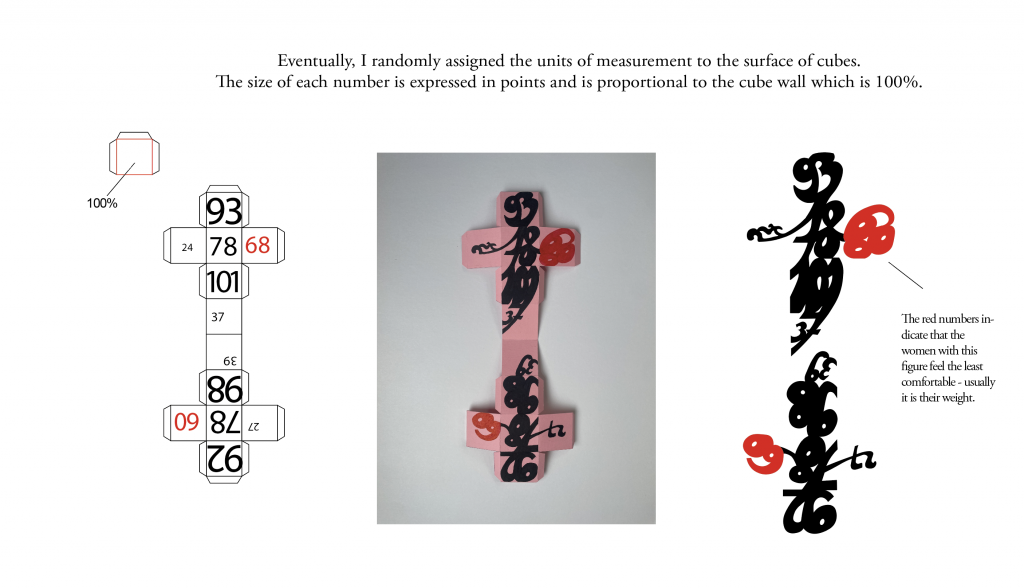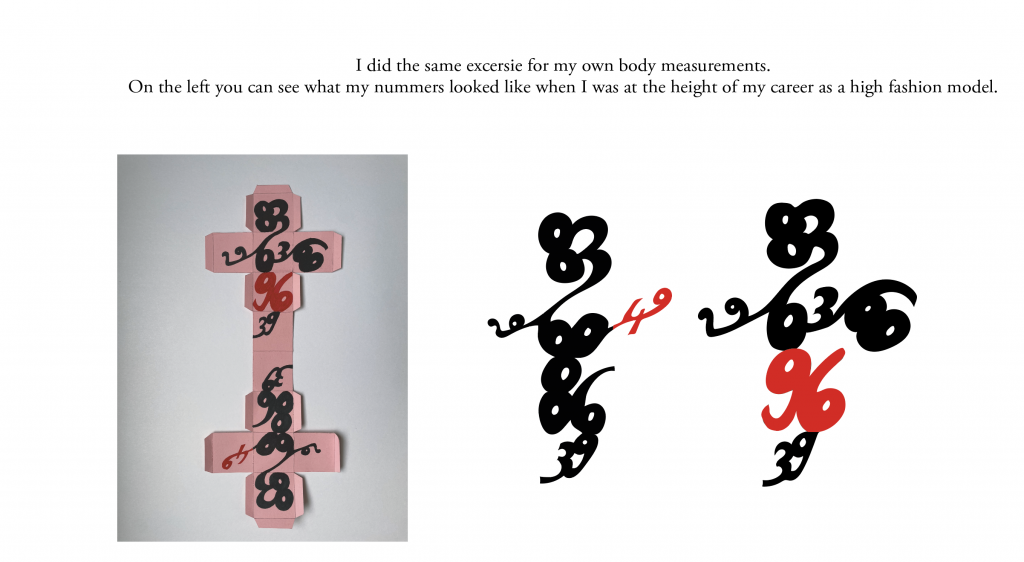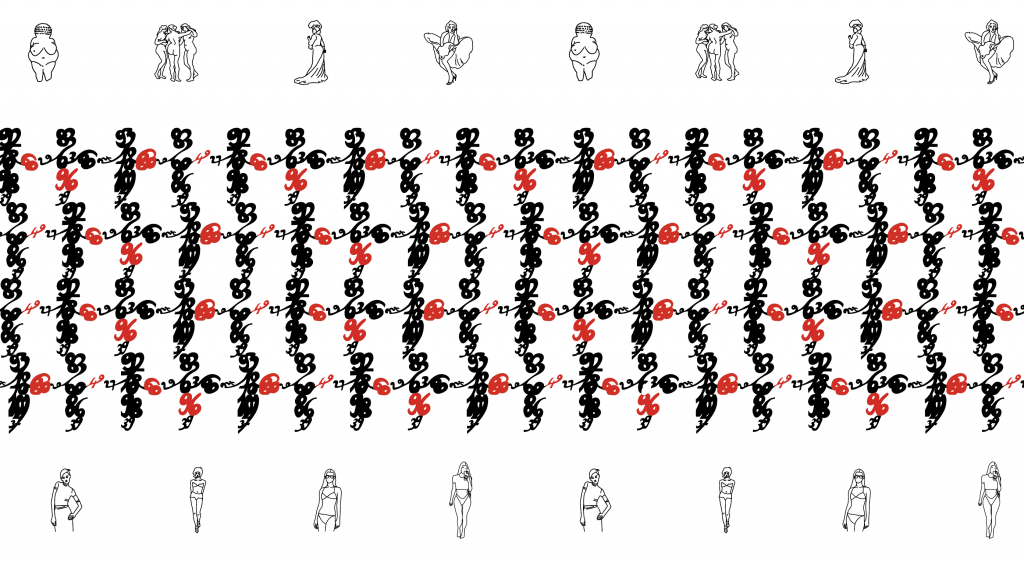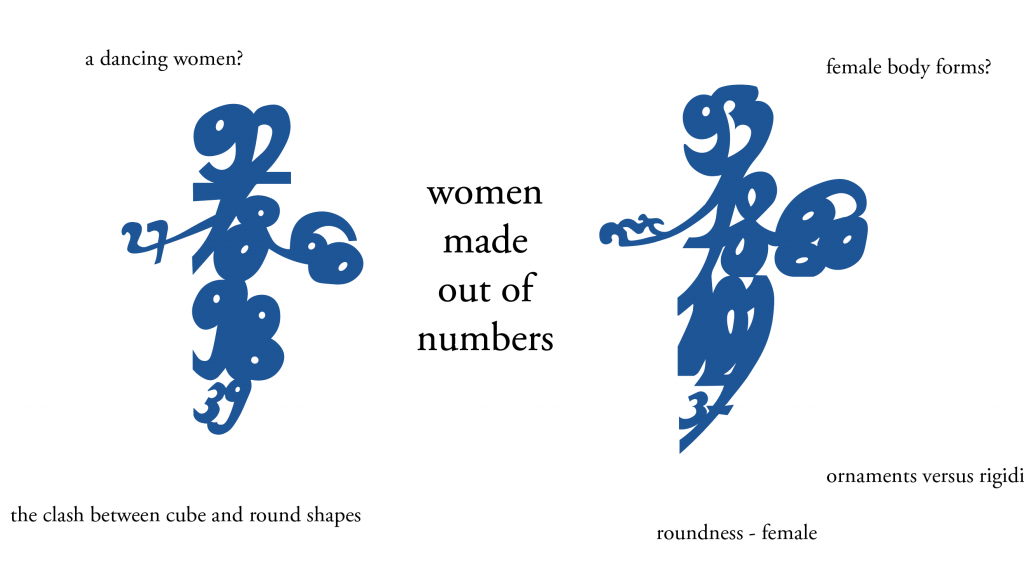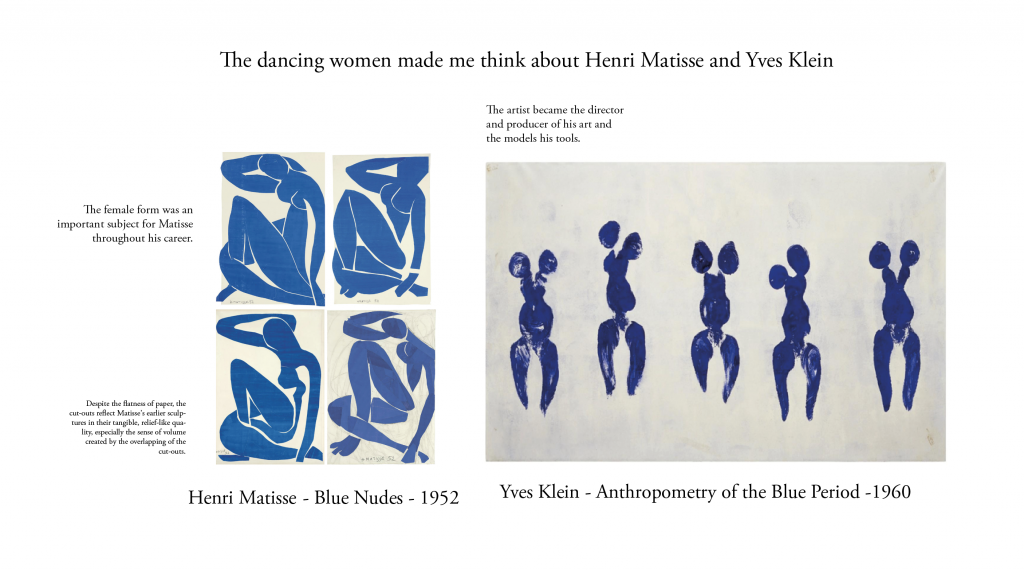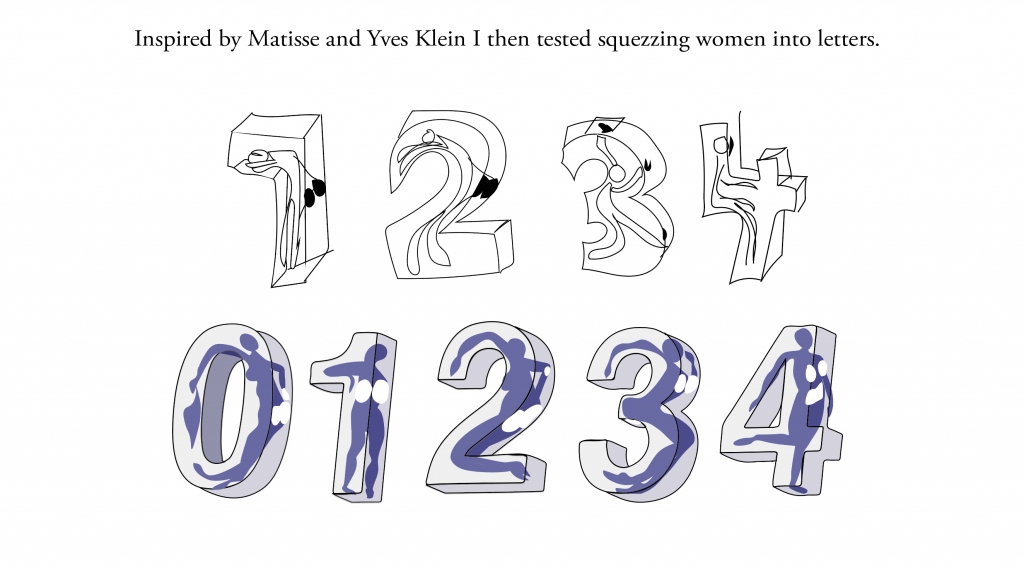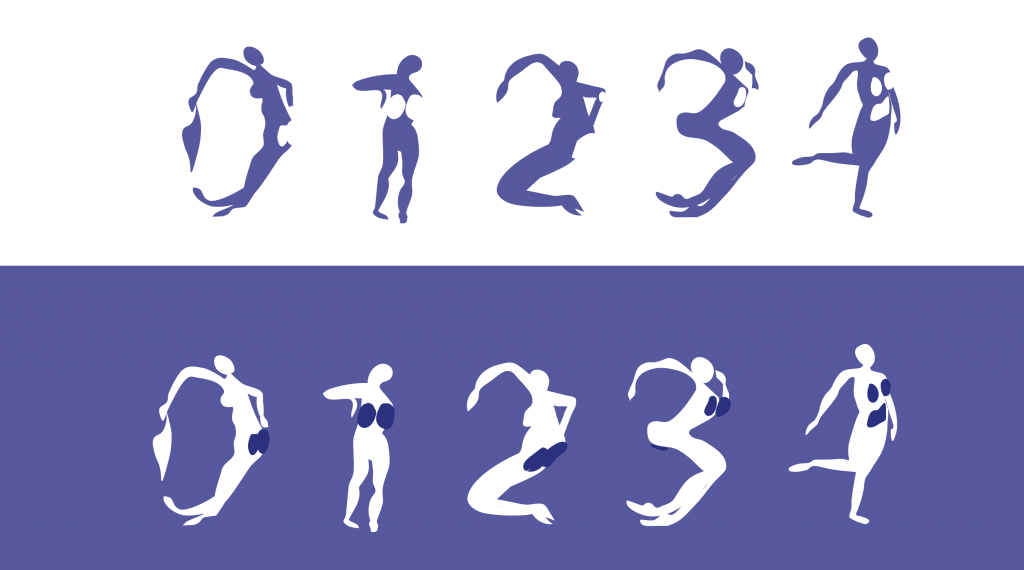During the third week of our Projection 2 project, I received invaluable feedback from two guest reviewers, Cai Zhang and Boris Meister, each offering distinct perspectives that enriched my understanding and approach to my work.
Cai Zhang’s Feedback:
My session with Cai Zhang was a profound realisation of the emotional depths of my project, which explores body image and beauty standards. Cai pointed out that although my research was extensive, my presentation lacked the emotional vigour needed to resonate deeply with the audience. She observed that my analytical and detached approach might be undermining the raw, personal essence of the topic. Cai highlighted that by attempting to package these experiences into a neutral framework, I was inadvertently mirroring the very issue I aimed to critique—confining female bodies into metaphorical boxes.
This feedback was eye-opening. Cai, having shared similar experiences in the modelling industry, empathised deeply and urged me to infuse my narrative with more anger and volume. Her insights led us to delve into broader issues, including power dynamics, misogyny, body dysmorphia, eating disorders, racism, and colonialism, which further complicated the conversation. The most impactful advice she gave was to explore several areas more deeply, including:
- Modelling
- Typology
- Epistemology
- Systems of measuring the female body
- The intersection of pictorial and numerical representations of women
- Female beauty standards
Boris Meister’s Feedback:
Conversely, Boris Meister’s guidance took a more data-driven and structural approach. He was particularly interested in how I could creatively represent various body shapes through an installation-based method. His enthusiasm for seeing the “boxes of bodies” concept unfold was encouraging. Boris helped me to focus and refine the key elements of my research, which encompass data, numbers, forms, and the representation of the female body.
He appreciated the innovative potential of using different scales, including life-sized dimensions and experimenting with print and structural designs. This approach allowed for a playful yet insightful exploration of data visualisation, which I found less emotionally taxing and more aligned with my creative preferences.
Through these contrasting feedback sessions, I realised that while addressing trauma is significant, I also aspire to juxtapose objective data within a subjective narrative—distorting its meaning while enhancing its aesthetic appeal. Both sessions were instrumental in reshaping my approach to better align with my artistic vision and the message I wish to communicate.
